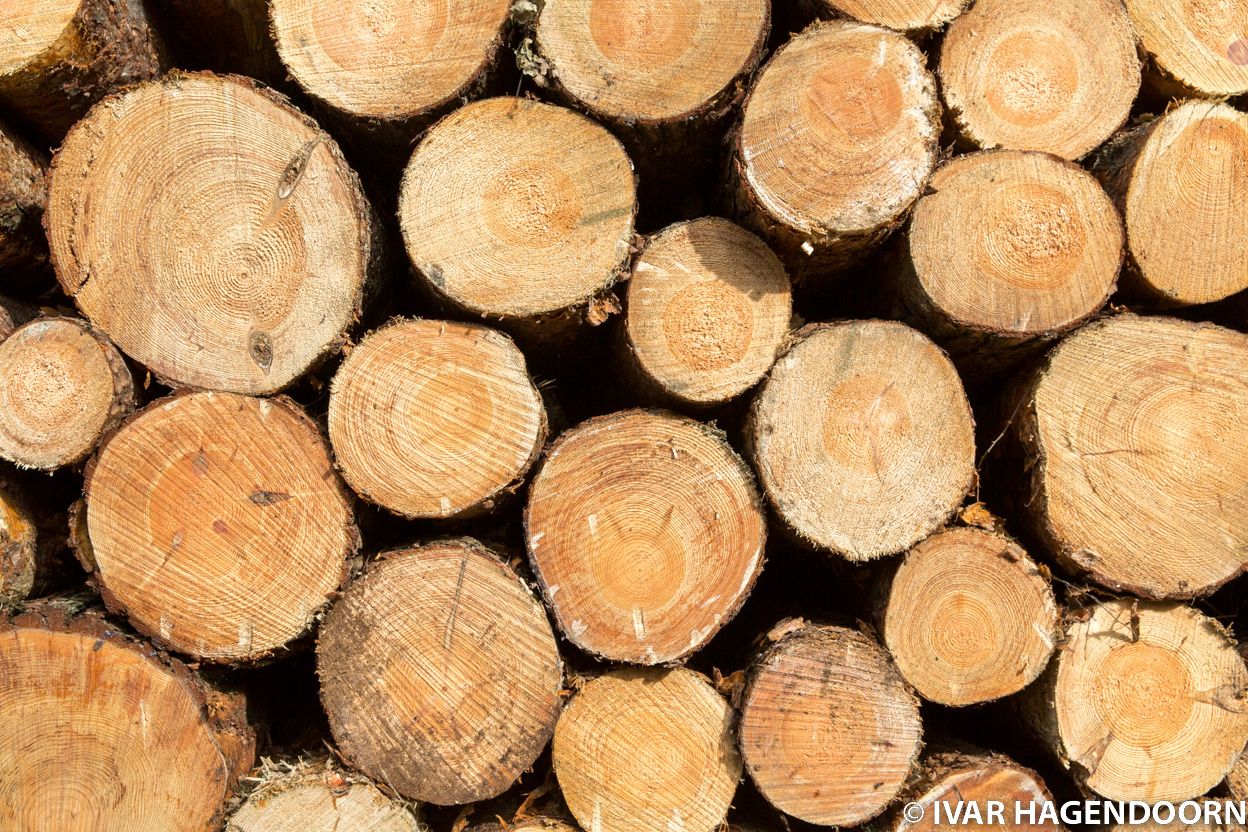
After reading an interview with Valerie Trouet I instantly ordered a copy of her book Tree Story. The History of the World Written in Rings. It is one of those books that made me wonder why I didn’t think of it myself.
I knew that you can estimate the age of a tree by counting its tree rings. I also knew that tree rings tell something about the weather during a particular year. Thus an 800 year old tree might tell us something about the climate conditions during the past 800 years. Now if you were to find a tree preserved underneath a glacier or an old wooden table dating back to the 14th or 13th century you could take the information contained in the tree rings to go back further in time. And so the field of dendrochronology was born. I’m simplifying enormously here, but this is the basic idea. This way scientists have been able to construct a continuous timeline going back more than 12,000 years in time.
Indirectly tree rings can also tell more about historical events. The period from 1211 to 1225, when Genghis Khan was at the height of his power, coincided with a 15-year period of above-average rainfall, as can be gleaned from tree rings from that time and region. It follows that Genghis Khan was able to expand his empire because, for a period of more than ten years, abundant grasslands provided food for his cavalry. By combining different disciplines it is thus possible to piece together a fuller picture of recent history. Trouet discovered that during the 17th century there was a sixty year period with relatively few hurricanes in the Caribbean, because the temperature on Earth was slightly lower due to reduced solar activity (the so-called Maunder Minimum). This period coincided with a golden age for piracy, possibly because fewer ships were lost to hurricanes.
Tree Story is a fascinating book, blending popular science, cultural history and travelogue as Trouet takes the reader along on her trips into the field. I do however have a feeling that the biggest advances in dendrochronology are already behind us. There is a limit to how far back in time one can go using this method. There’s also only so much information contained in tree rings. There are, for example, no traces of nitrogen, sulphur and phosphor in wood and so it is not possible to use tree rings to study air pollution. There are of course still countless opportunities for building additional datasets from different geographic regions. So the field is still very much alive.